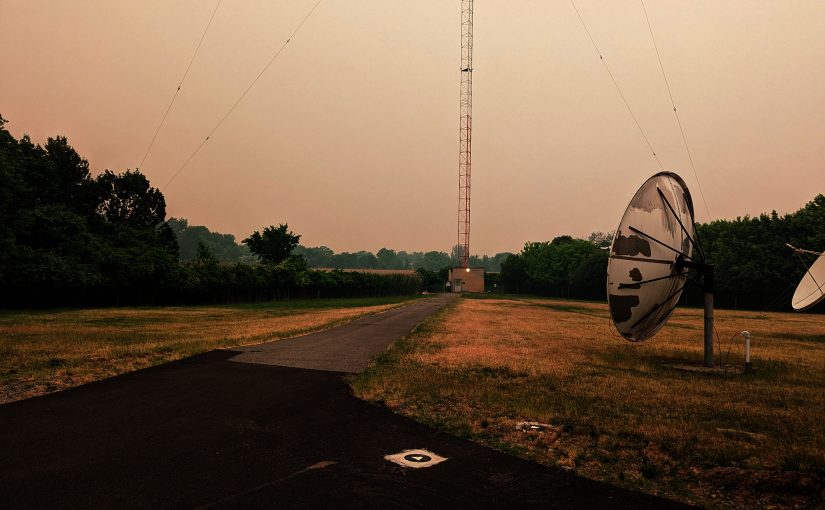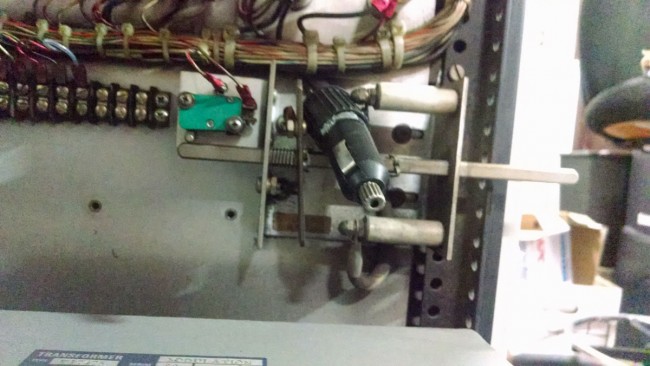How’s the weather? Well today, it will be orange outside.
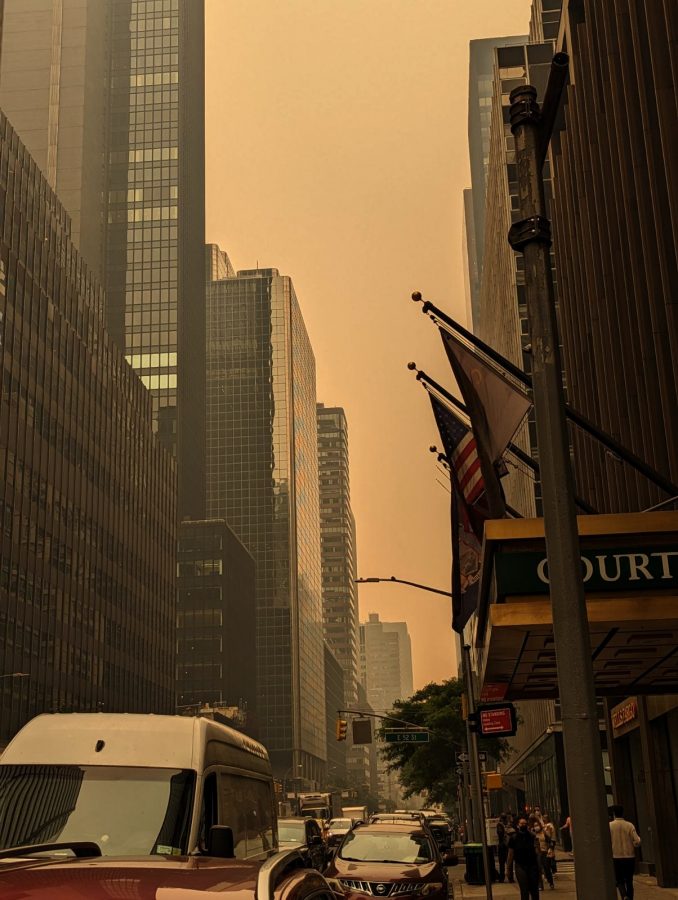
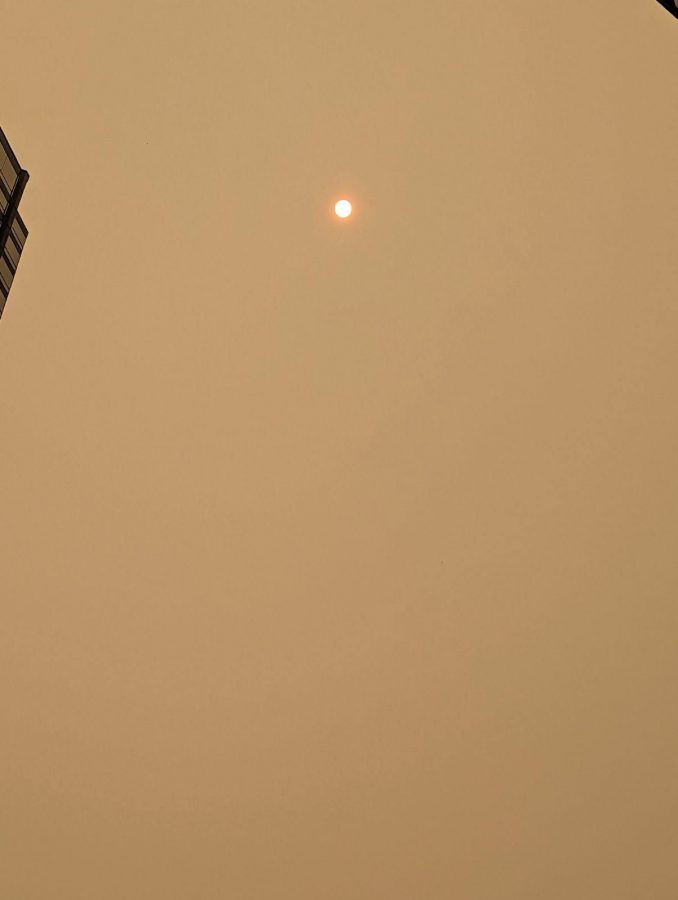
No need to panic, however. Something or other about wildfires in eastern Canada is the cause.
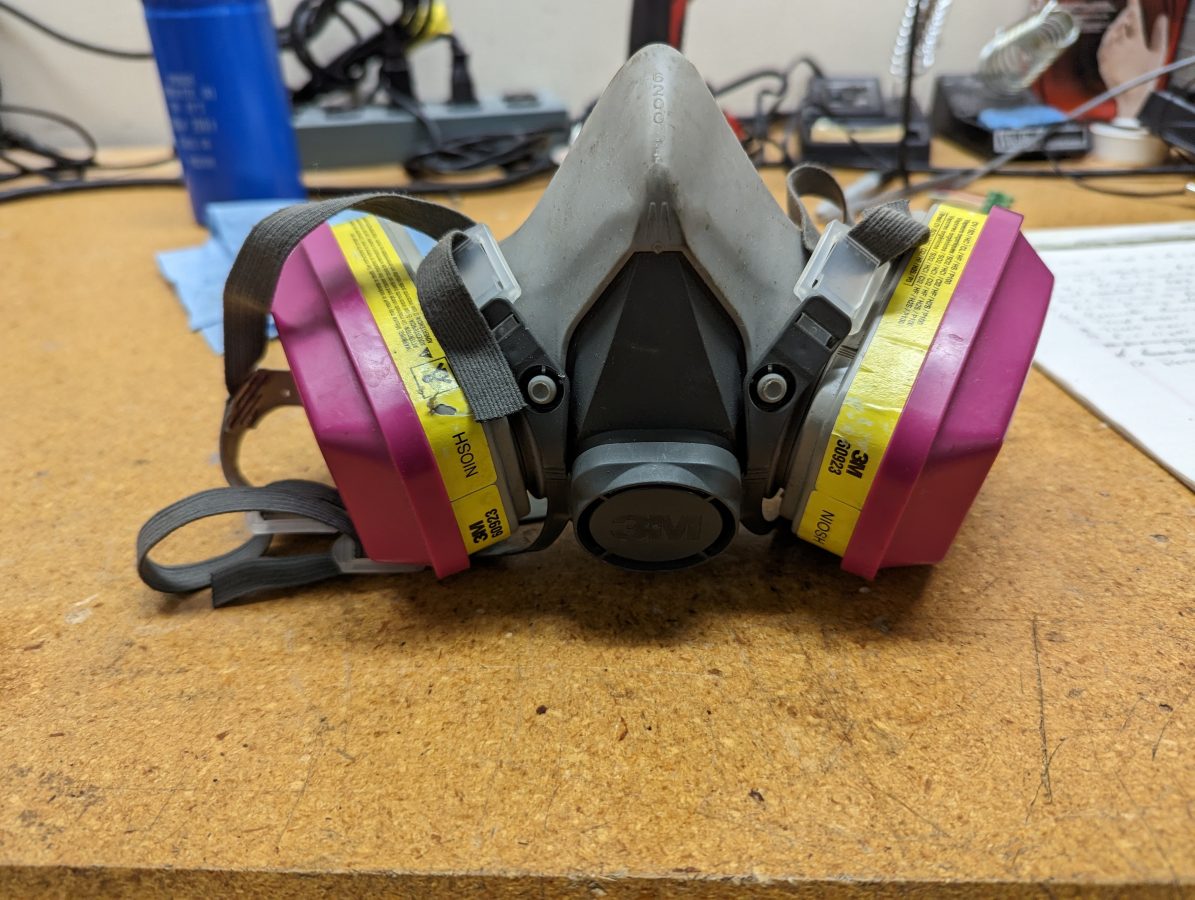
Fortunately, I have some protective gear in the vehicle. I always carry a hard hat, high vis vest, steel towed boots, and this mask. It comes in handy if there is mold or in this case smoke. A P-100 respirator will filter out Organic Vapors/ Acid Gases (chlorine gas, hydrogen chloride/sulfur dioxide or chlorine dioxide or hydrogen sulfide) – Class 1 and Particulate.
The P-2.50 Particulate monitor had a peak of 248 micrograms per cubic meter, which is very unhealthy.
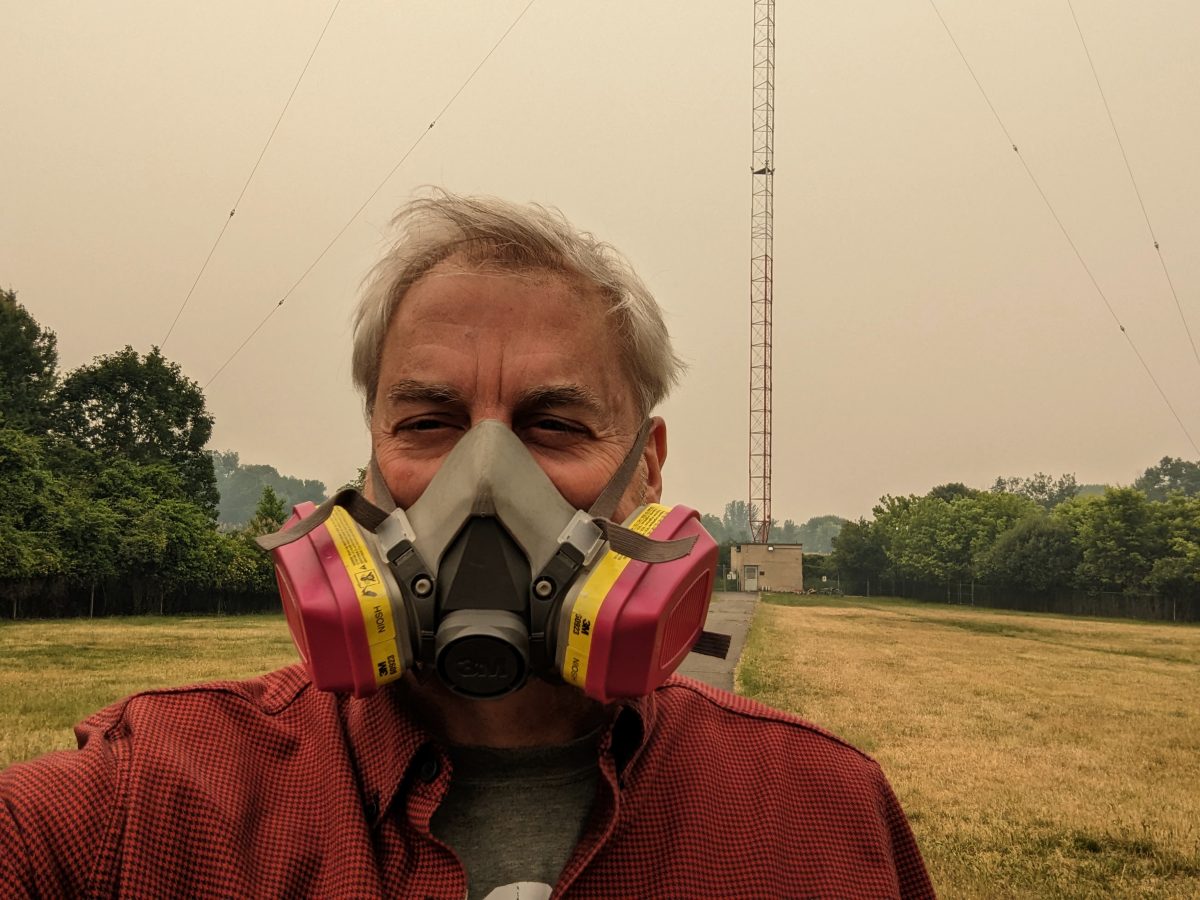
I had to do my normal weekly outside maintenance items. Looks silly, I know, but I feel great! This was about three o’clock after the worst of the orange had passed.


